Correction: Spatial and seasonal determinants of arthropod community composition across an agro-ecosystem landscape
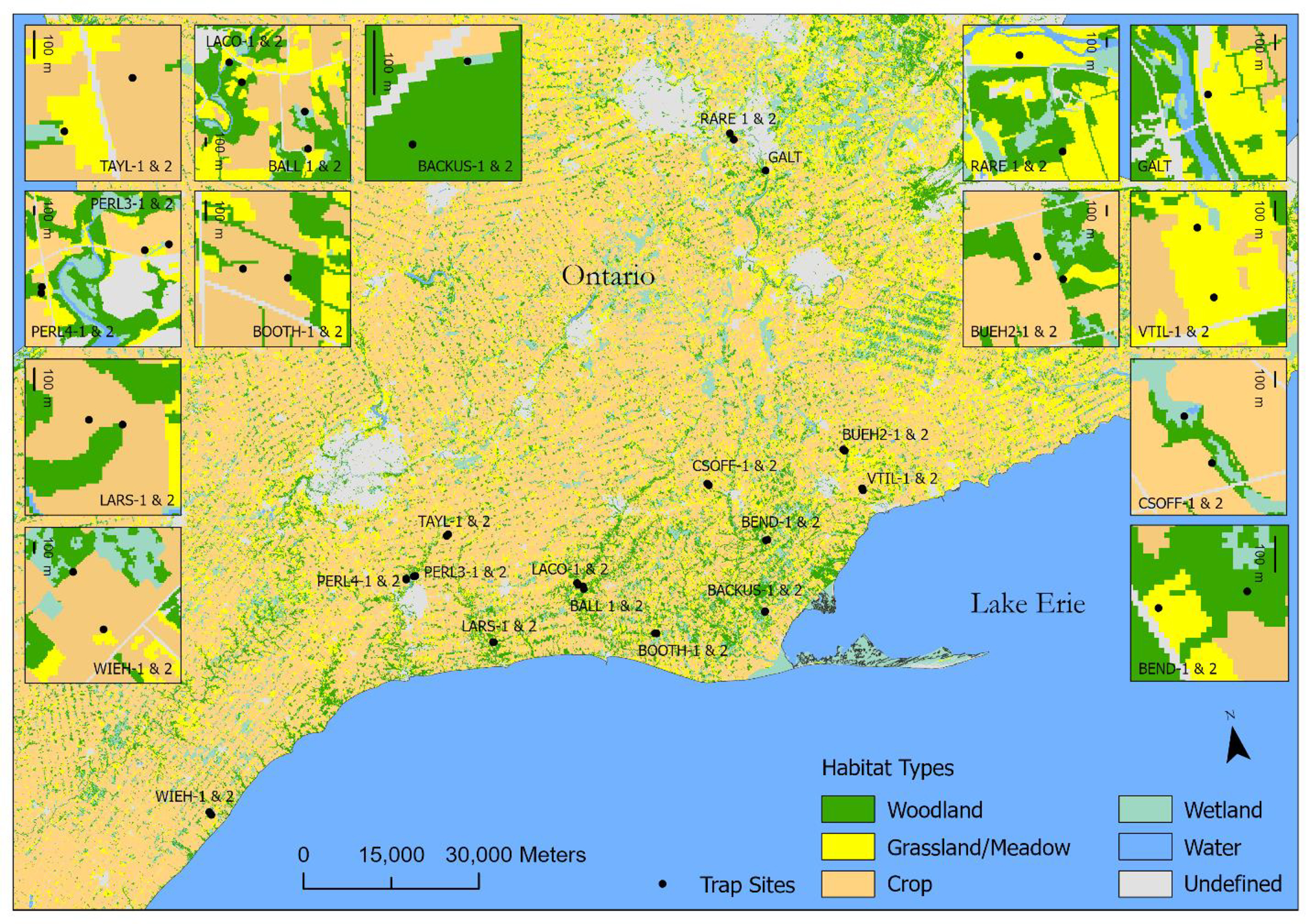
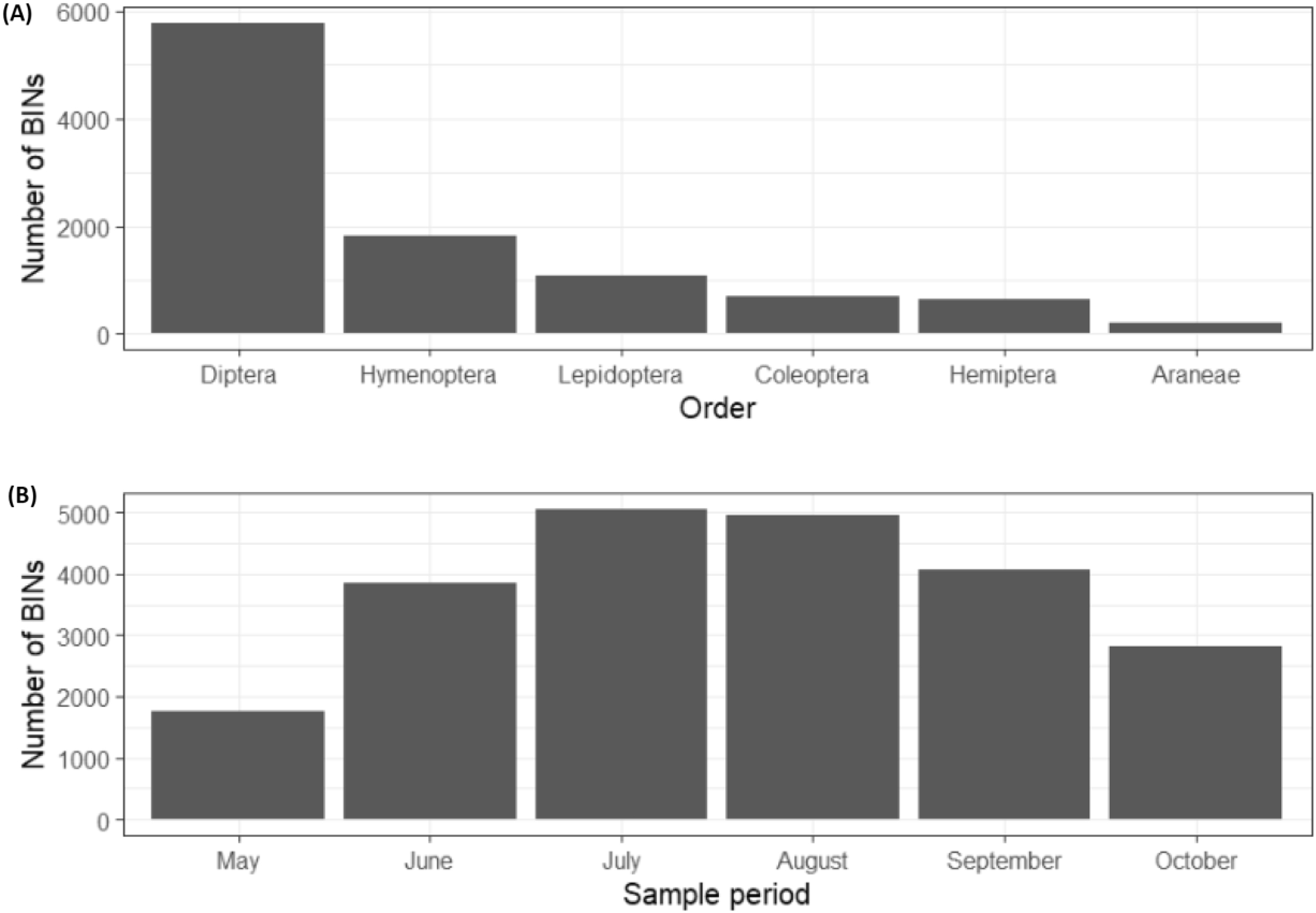
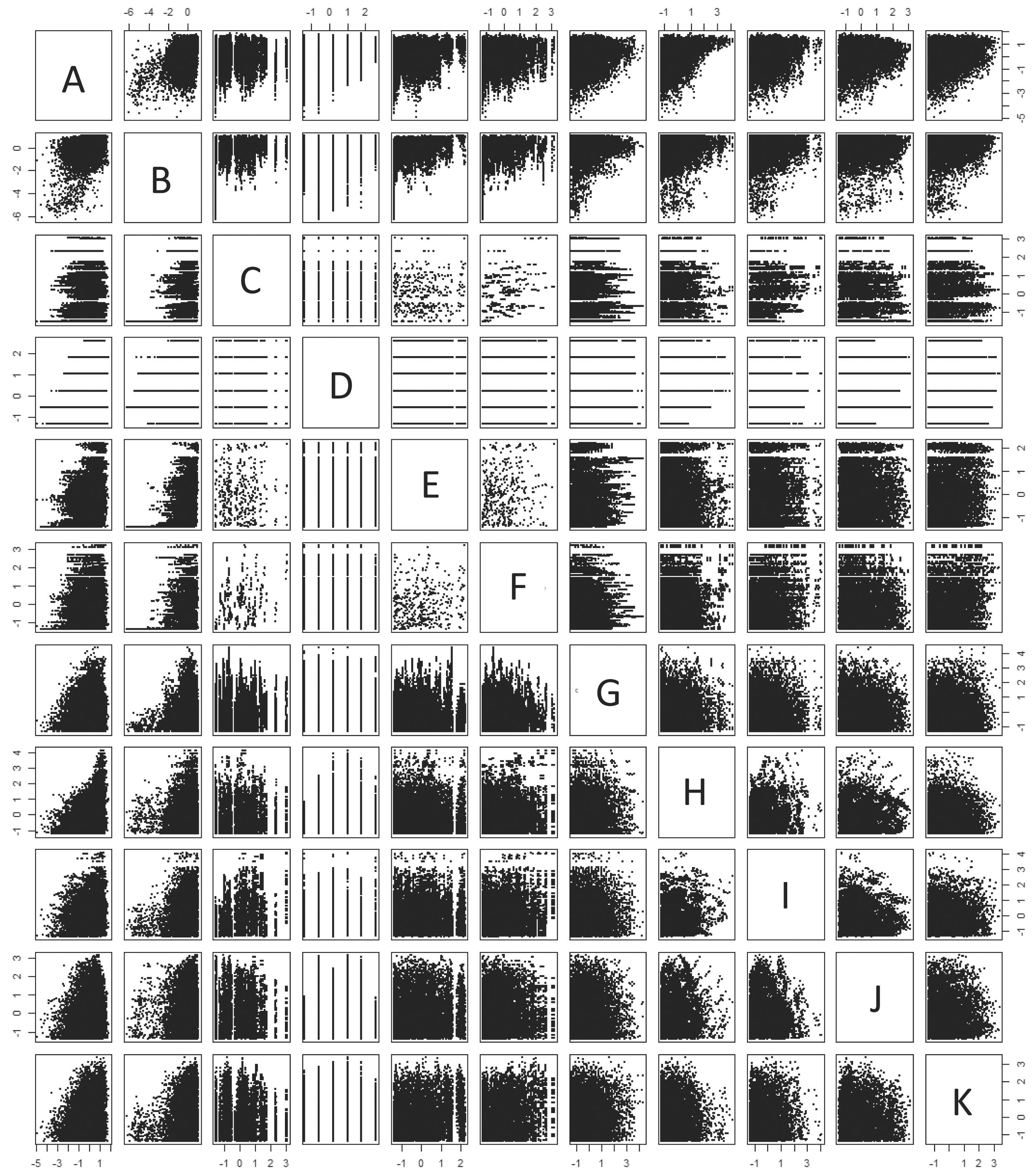
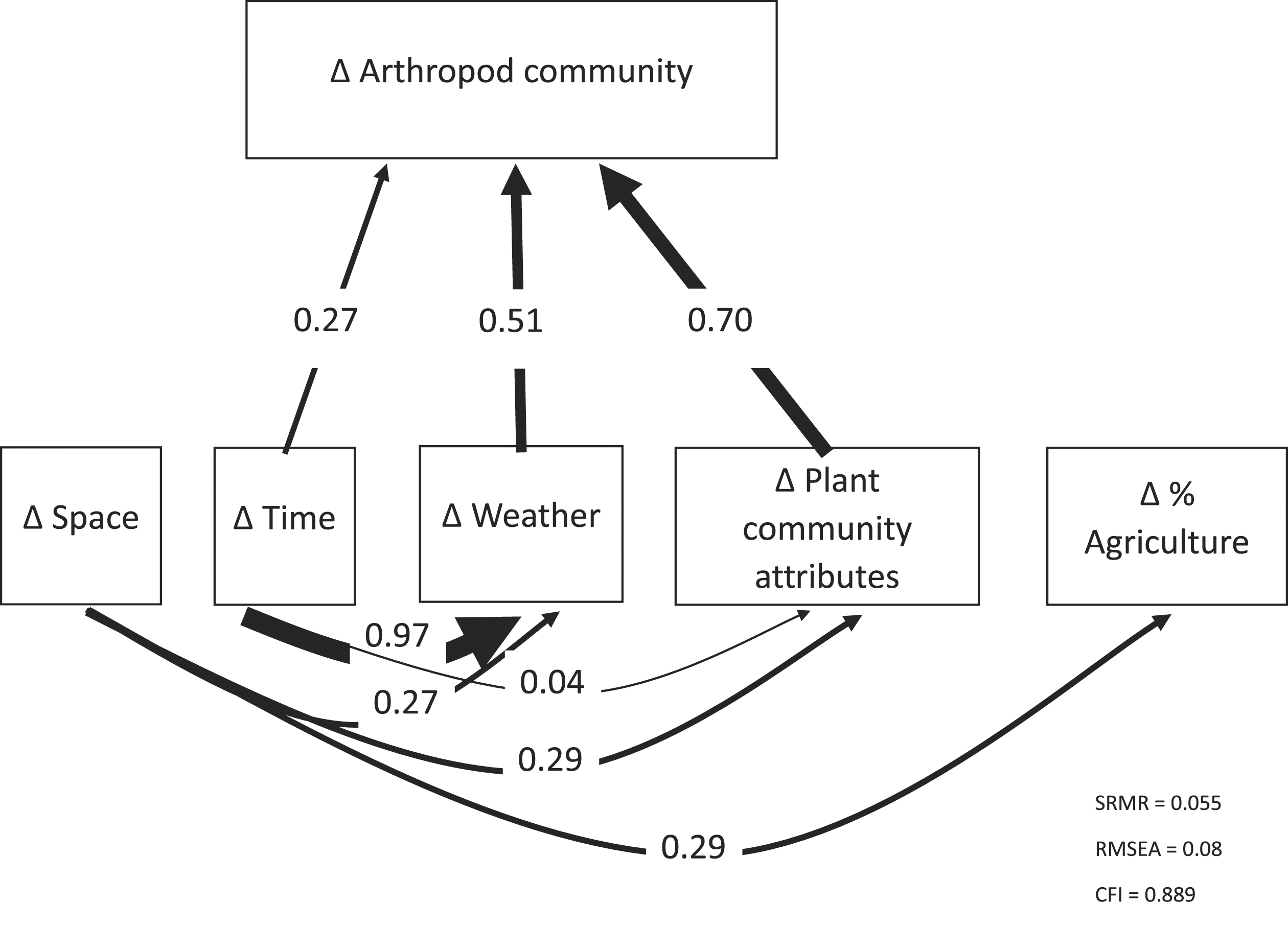
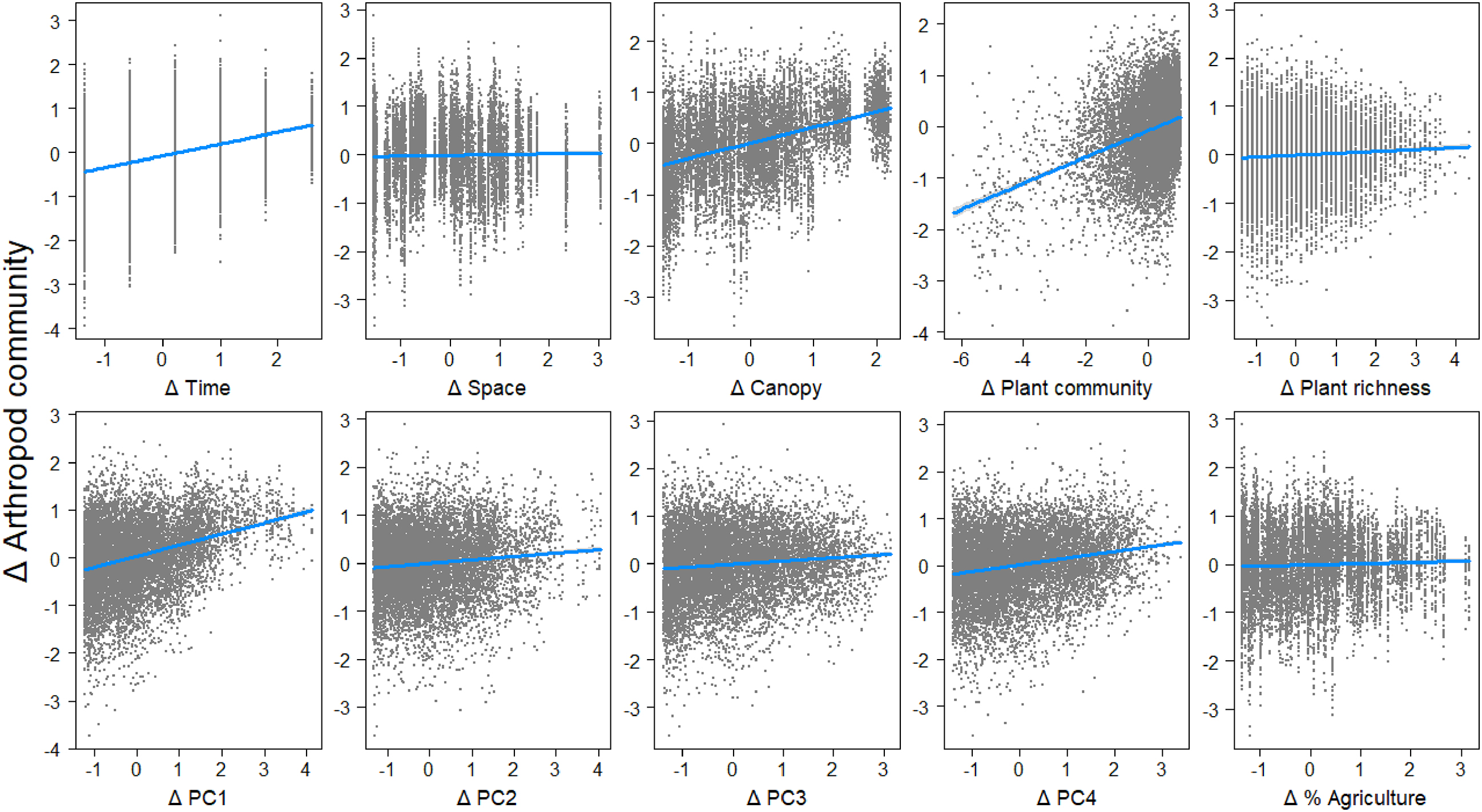
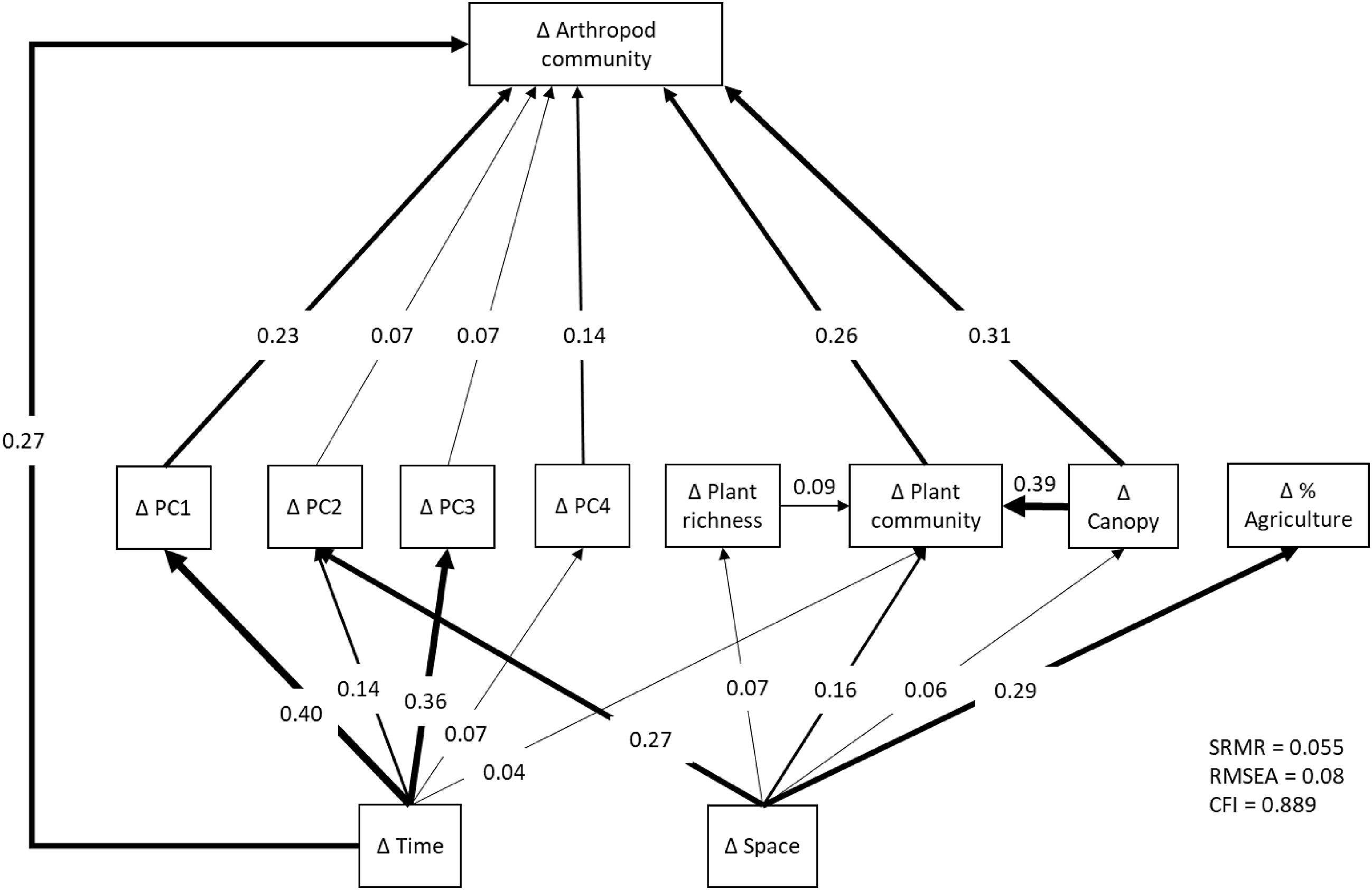
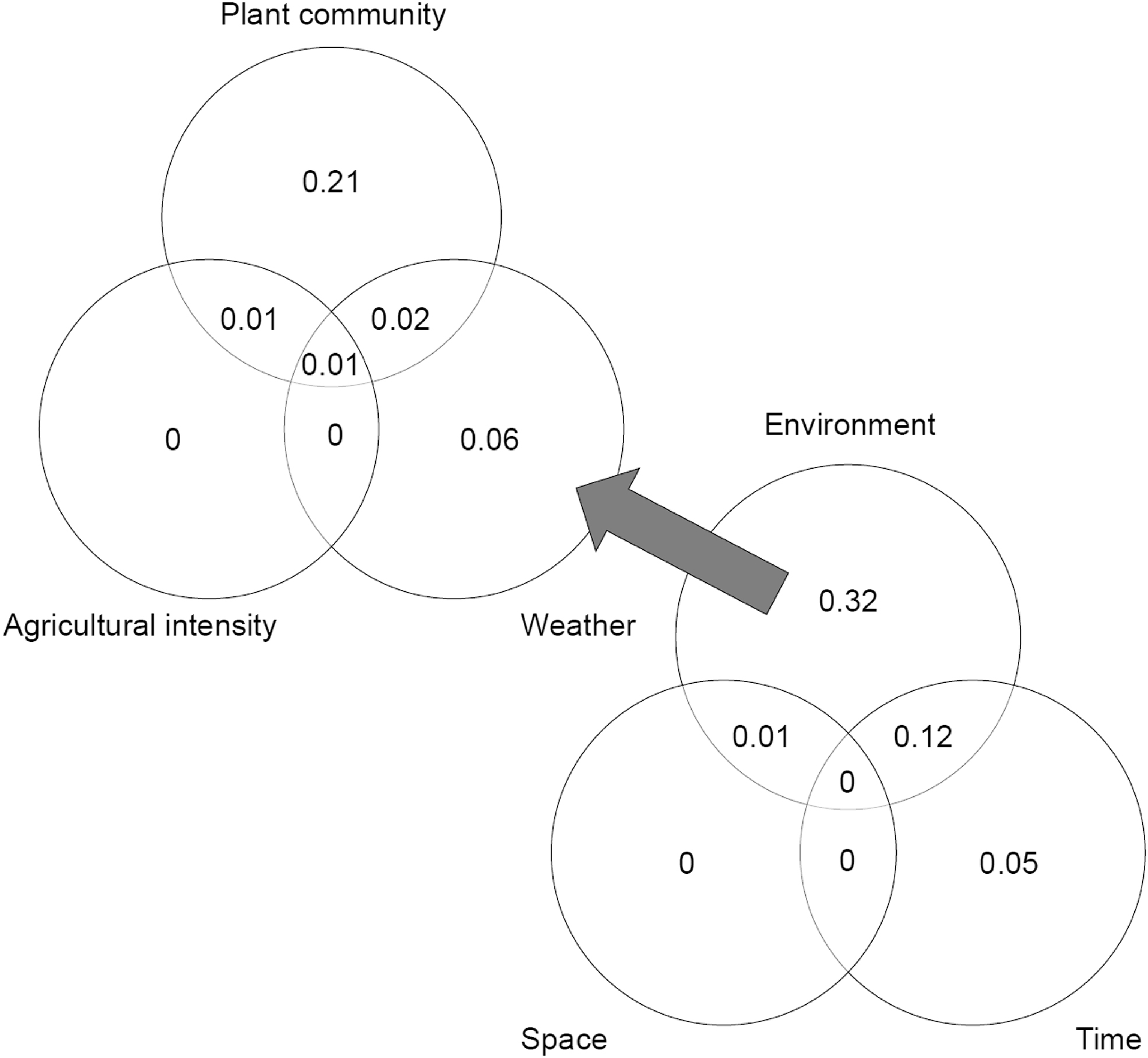
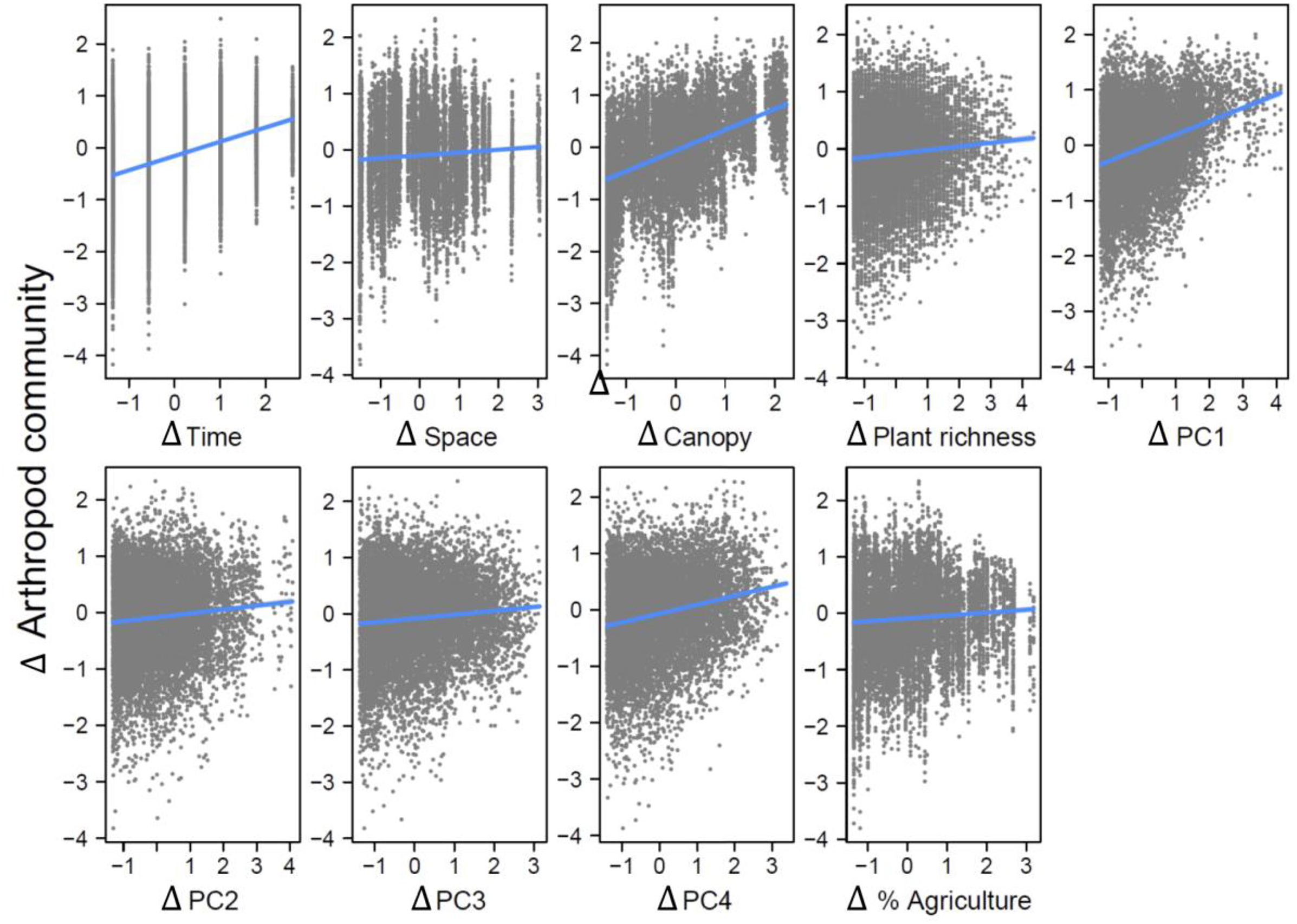
Information & Authors
Information
Published In

History
Copyright
Sections
Subjects
Authors
Metrics & Citations
Metrics
Other Metrics
Citations
Cite As
Export Citations
If you have the appropriate software installed, you can download article citation data to the citation manager of your choice. Simply select your manager software from the list below and click Download.
There are no citations for this item
